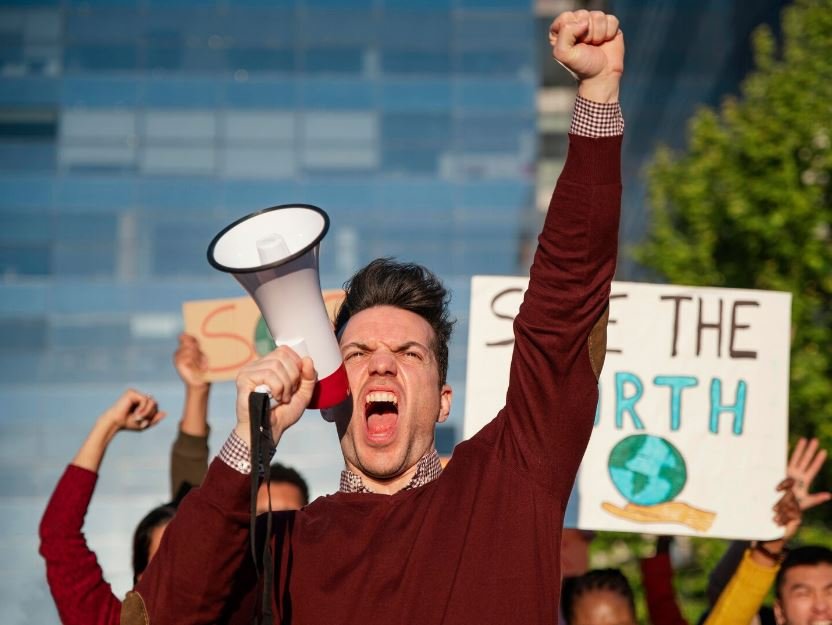
Similar to how a swarm of bees will naturally reposition itself when its hive becomes overcrowded, rising housing pressures in major metro areas are causing workers to feel pushed outward in slow but forceful waves. Anyone observing rent charts rising steadily while wages remain stubbornly stagnant in recent years has found this outward drift to be particularly evident, leading people to question how far they must travel in search of stability that was previously achievable closer to job centers.
Millions found that distance could alleviate financial strain by utilizing remote and hybrid work options, creating a particularly positive sense of freedom that increased their housing options. Innumerable workers adopted remote work as the standard during the pandemic, which changed expectations and led many to move to areas they had previously considered to be too remote or quiet. These actions, which revitalized previously neglected areas, were not hasty; rather, they were thoughtful reactions to budget cuts and increased flexibility.
| Key Area | Related Information |
|---|---|
| Housing Pressure | Rents rising at rates significantly reduced only in rare dense metros that expanded construction capacity |
| Wage Conditions | Typical wages for low- and mid-skill workers stagnating despite rising productivity |
| Remote Work Impact | Flexibility encouraging relocations to exurban regions where costs are surprisingly affordable |
| Job Sprawl | Warehousing and logistics hubs shifting toward fringe zones, creating longer commutes |
| Worker Challenges | Increased transport fees, fewer middle-wage paths, and notably improved but still limited protections |
| Policy Shifts | Cities adopting higher minimum wages and fair-workweek rules with remarkably effective outcomes |
| Urban Planning Trend | Dense, mixed-use developments yielding higher construction wages and stronger unions |
| Community Transformations | Smaller towns attracting remote workers with incentives, reshaping local growth patterns |
| Social Impact | Invisible homelessness rising due to unstable housing and low-wage volatility |
| Reference Link | https://www.epi.org |
The emergence of job sprawl over the last ten years has changed the location of opportunities by driving employers toward more affordable, dispersed, and easily repurposed land. Former farmland has been transformed into logistics hubs, distribution centers, and manufacturing outposts, resulting in employment corridors that are disconnected from the rhythms of the city. Many workers find that these new job clusters require long, expensive commutes, which can be incredibly draining for their personal lives but incredibly reliable for their paychecks.
For certain people, this has resulted in a gradual decline in their standard of living. I once met a line cook who told me how he would leave work at midnight and travel through dark highways for ninety minutes in a shared van, paying a daily transportation fee that consumed a significant portion of his income. His story was similar to others I’ve heard: gig workers staying in weekly motels because stable leases are still out of reach, families alternating between spare rooms offered by friends, and workers living in cars close to industrial parks. These frequently invisible circumstances demonstrate how, when wages stagnate and rents rise, invisible homelessness spreads.
However, amidst these trends, there are positive indications that lend this moment a hopeful tinge. Workers in some cities have noticedably better scheduling predictability and safer workplace standards since the implementation of various local labor protections. The balance is gradually being shifted by policies like just-cause protections, hazard pay, and fair-workweek laws. Cities like Seattle, Chicago, and New York are demonstrating through strategic reform initiatives that local governments can take over when federal approaches fail, providing marginally better opportunities for people who feel constrained by structural forces.
These policies are stepping stones to more resilient urban systems in the context of long-term economic transitions. Smart-growth proponents highlight the particularly inventive potential of dense housing strategies, which are becoming more and more popular. A rare but powerful example of how careful planning can be remarkably effective in striking a balance between growth and equity is Minneapolis’s conversion of the former Ford auto plant into a dense neighborhood, which increased affordability and created thousands of union construction jobs.
The stakes are particularly high for people who are just starting out in their careers or do not have college degrees. According to studies, the urban wage premium that previously benefited those without a degree has drastically decreased, resulting in a new reality where moving outside can still make sense even with longer commutes. This change is similar to that of entertainment workers who used to flock to crowded creative centers but now prefer more affordable, quiet neighborhoods, discovering that creativity can thrive even when there is a great deal of distance between collaborators.
Cities now have to compete for residents who bring their jobs with them, in addition to businesses. Communities like Tulsa have repositioned themselves as desirable travel destinations by incorporating incentives for remote workers. Their approach is very effective, bringing in more customers to nearby eateries and small businesses. It functions somewhat like a contemporary revival strategy, attracting newcomers whose arrival re-energizes main streets that have been stagnant for years.
Many of these towns are building environments that feel incredibly resilient and capable of navigating economic changes with greater assurance thanks to strategic partnerships and community investment. They are creating thriving business districts, supporting coworking spaces, and creating adaptable infrastructure that embraces newcomers rather than overwhelms them. These locations are frequently referred to by remote workers as surprisingly inexpensive havens where they can recover hours lost to commuting.
Traditional organizing is made more difficult by this decentralization, though. The ecosystem of solidarity that once flourished in crowded urban neighborhoods has diminished as a result of workers being dispersed over great distances. Organizers remember how steel town workers used to live close to common halls where dances, meetings, and weddings created close relationships. These days, wind turbine technicians in Texas might be hundreds of miles away from one another and hardly ever see coworkers who work for the same company. The contagious effects of union victories are diminished by these dispersals.
However, there is still hope in developing methods. Like AI agents collaborating with hive-like efficiency, worker advocates are finding new ways to bring disparate teams together by utilizing digital tools. Networks can expand in ways that feel remarkably flexible and adaptable thanks to mobile platforms, virtual meetings, and focused outreach initiatives. Although the landscape has changed, the opportunities have increased, inspiring organizers to come up with new ideas with new vigor.
Cities will face the challenge of retaining workers while maintaining housing accessibility in the years to come. In certain areas, construction timelines have accelerated and rental prices have stabilized since pro-housing zoning reforms were implemented in several metro areas. These results demonstrate how municipalities can greatly speed up the construction of housing and better meet the needs of the public by lowering bureaucratic barriers.
Despite being undoubtedly stressful, the drive to the periphery can spur widespread reinvention. Cities can design neighborhoods that combine density and livability, integrate smarter transportation systems, and rethink land use to create places where workers thrive rather than just survive. This moment, which is characterized by economic dispersion and remote flexibility, holds the hopeful potential that underappreciated communities can flourish through group investment and a revitalized sense of purpose.
